Soil is where life begins, that’s why it is so important to keep it healthy. Without a health base, how […]
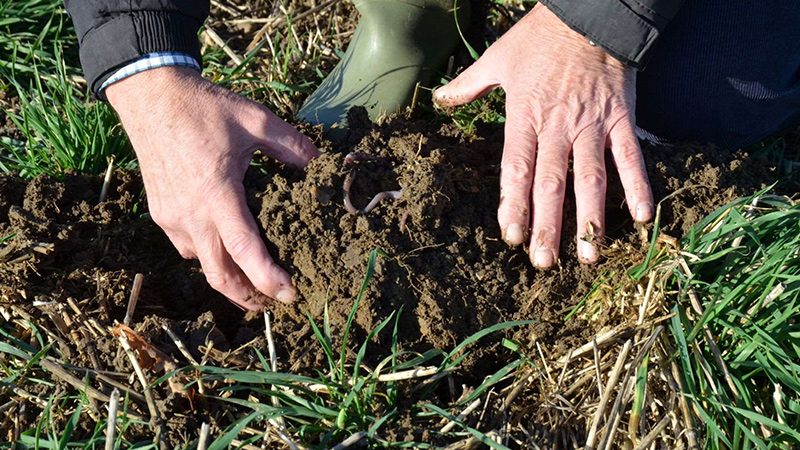

Soil is where life begins, that’s why it is so important to keep it healthy. Without a health base, how […]
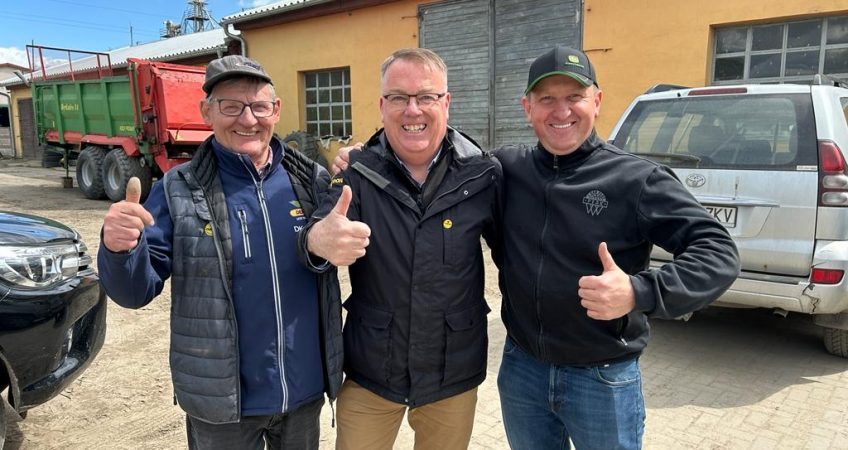
A father and son enterprise in the northern Mazuriy region of Poland decided to make a change to the way […]

Claydon’s Export Sales Manager Simon Revell reports on his latest visit to Moldova to view the crops on two […]
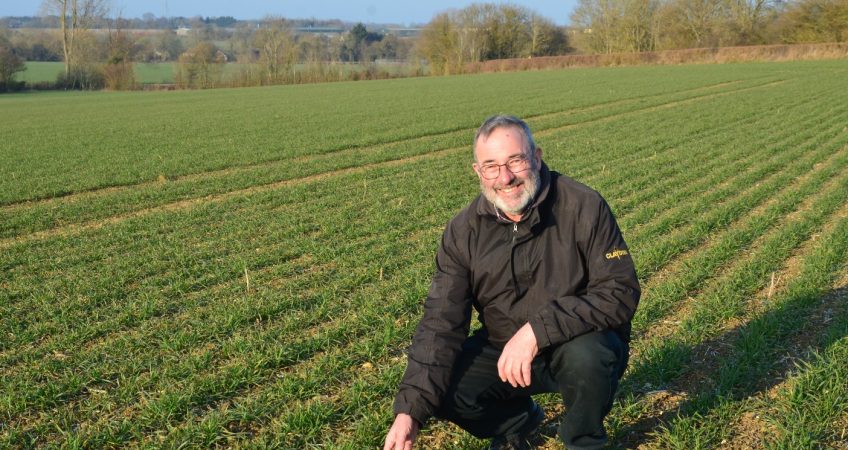
Spring is the ideal time to check your soils and consider how to improve them, says Jeff Claydon, farmer and […]
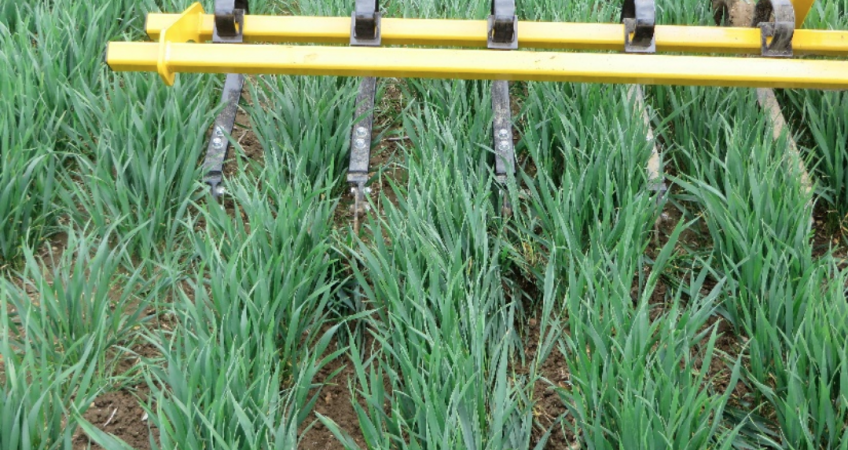
It may seem an unlikely prospect at this time of year, with its rain, snow and sub zero temperatures, […]
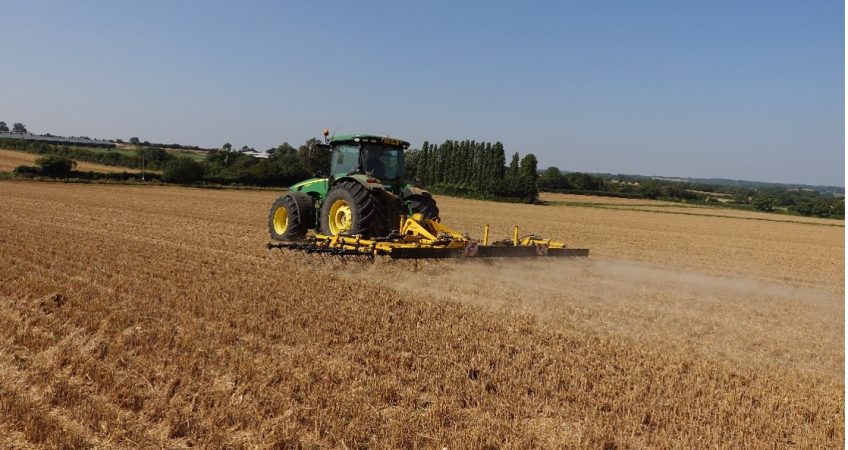
It’s July on the Claydon farm and the oilseed rape crop has just been harvested. Chasing the CLAAS Lexion 600 […]

Effective stubble management is an essential component of any crop establishment system. Increasingly mechanical methods of weed control are finding […]
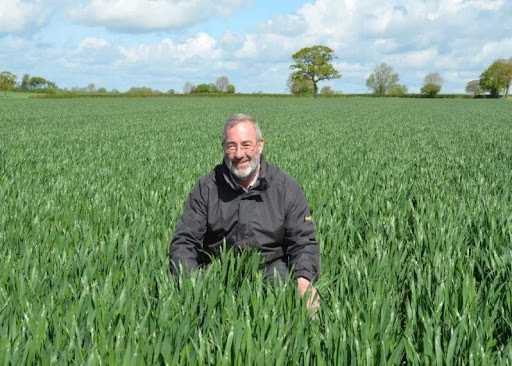
Jeff Claydon, Suffolk farmer and CEO of Claydon Yield-o-Meter Ltd – the company is celebrating its 40th anniversary this year. […]
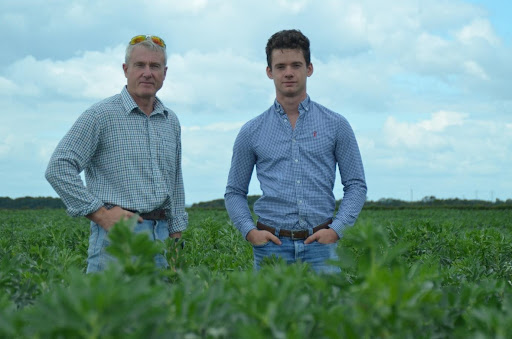
Strip seeding using Claydon’s Twin Tine set-up to reduce soil disturbance has delivered numerous advantages for Lincolnshire farmer Mick Stanley […]
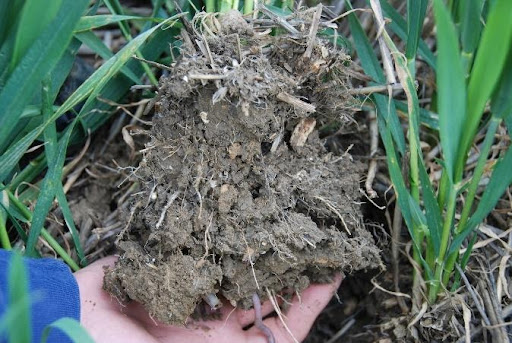
A healthy soil is full of organic matter, worms, mycorrhizal fungi and other biota. Claydon Opti-Till® System has been […]
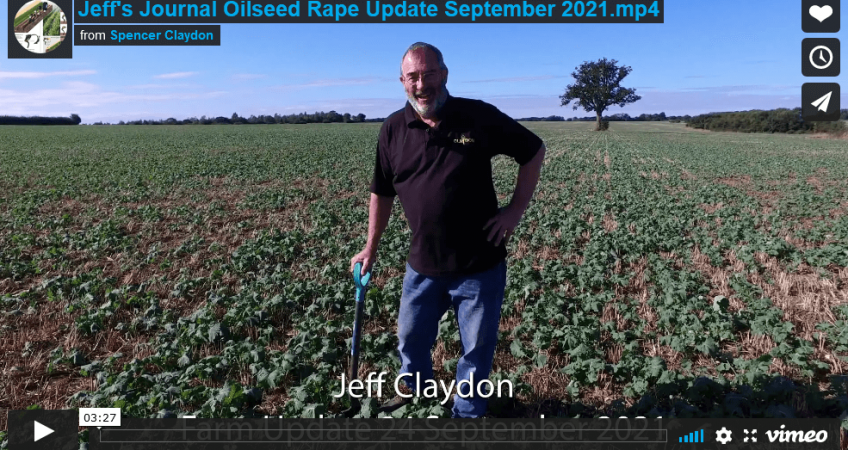
It’s 24 September and Jeff is checking progress on his oilseed rape crop – variety DK Excited. It was drilled […]
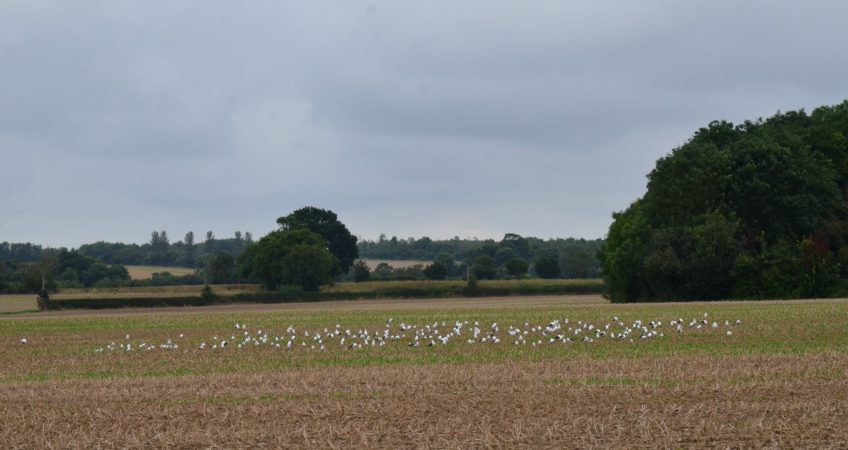
Rain has stopped harvest so Jeff has taken the opportunity to inspect his oilseed rape stubble for slug activity. The […]